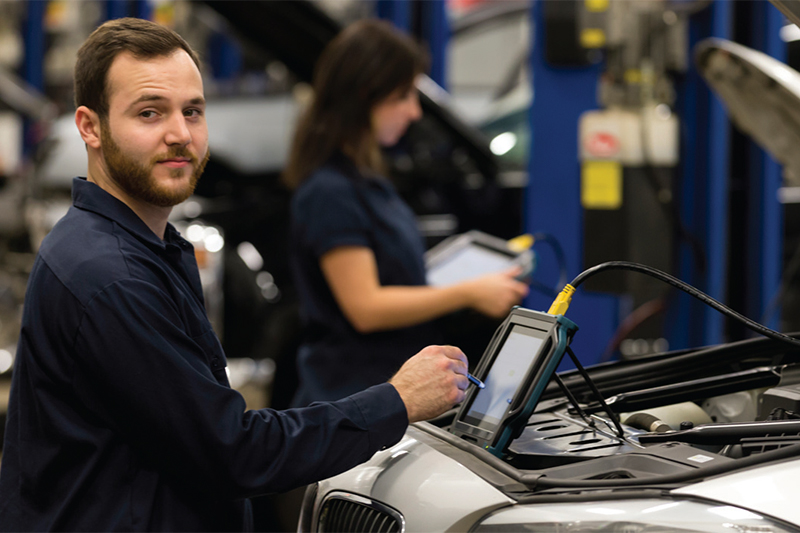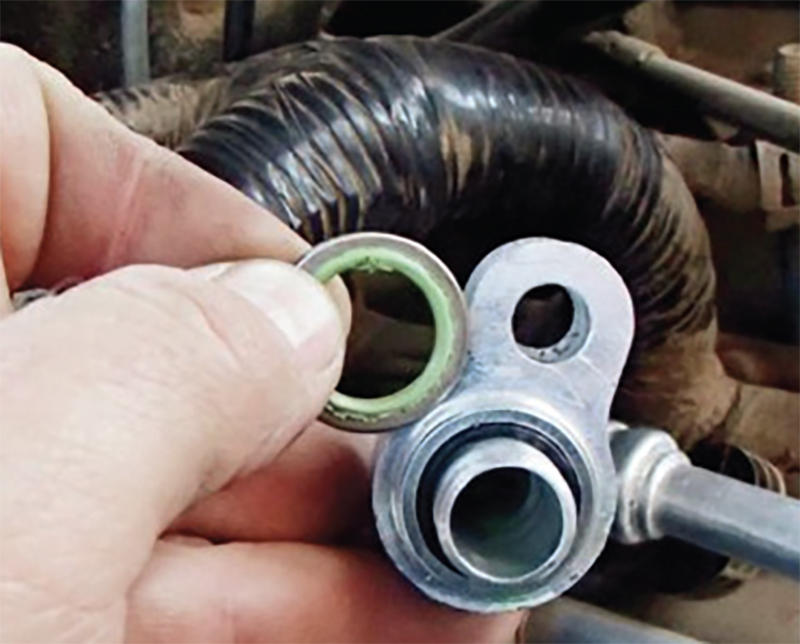
Stephen Knight, Product Manager for Valeo Service UK, talks us through the importance of keeping on top of A/C maintenance in your customers’ vehicles.
The majority of vehicles that roll off production lines today now include air conditioning as standard. As this summer has shown us, it’s a luxury feature few vehicle owners could now do without, not only for keeping us cool on hot summer days but also for demisting windows during the frosty winter months.
However, what many of your customers may not realise is that the air conditioning system could also do with regular checks to ensure it operates at its optimum capacity. That applies especially if it hasn’t been used for a while. Failing to keep on top of the state of air-conditioning systems could potentially cost drivers money and even prove bad for their health as well.
Servicing
It’s recommended that a car’s air-con be checked at least once a month and be serviced every 12 months to two years. If temperatures have just started to hit high figures like they have in previous months and the air-con hasn’t been used for some time, then this is an ideal time to suggest an inspection to customers. It’s important to realise that air conditioning systems in cars will lose performance over time. It is estimated that around 10% of the gas refrigerant used in a car’s air-con is lost every year through natural seepage. Without any sort of proper maintenance or without using a vehicle’s aircon on a regular basis, drivers could be losing an above average amount of gas from their air-con.
When refrigerant gas is lost from the aircon system it actually increases a car’s fuel consumption. With less gas to use in the aircon system, the car’s engine will have to work harder to keep the system functioning properly. Eventually, when the system has lost a sufficient amount of gas, drivers will begin to notice the air-con does not expel cold air anymore.

Where does the gas go?
Even if a customer doesn’t want their car to be any cooler than it is, you should recommend they run their air conditioning system at least every couple of weeks for a short spell on full-cold which will allow the oil within the system to circulate through the system. The reason for this is because the oil actually contains a lubricant that helps to keep all the rubber seals, O rings and pipe work in good condition. Failing to use your air conditioning for a long period means the coolant will not be able to lubricate the rubber seals and O rings within the system and cause them to become brittle and ultimately break up.
When this occurs, depending on the damage to the seal or O ring, the loss of coolant can occur quickly or over time. However, when the system is completely void of gas, the system will need a complete regas and the seals and O rings within the air conditioning loop may need to be replaced.
Another common issue that can occur with an unused or unmaintained air conditioning system is that mould can build up in the vehicle’s evaporator (typically located inside the vehicle dashboard). The evaporator is a key component in the air conditioning loop and allows freezing refrigerant to pass through it. The cold air coming off the evaporator is then blown into the vehicle cabin when the air conditioning is activated. If you’ve noticed an unpleasant odour ever-present inside your own car, then mould in the air-con could be the cause. In the worst case scenario, an air-con unit with mould in the evaporator can spread bacteria and allergens around the car’s cabin.
Without frequent use, moisture can build up within the air vent ducts that the system uses to pipe cold air to the air vents. This moisture can cause mould and bacteria to form, which are then blown into the car when the system is started again after weeks or months of inactivity.









